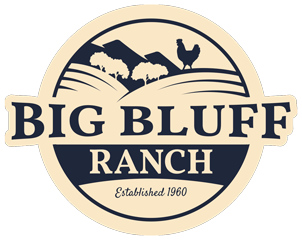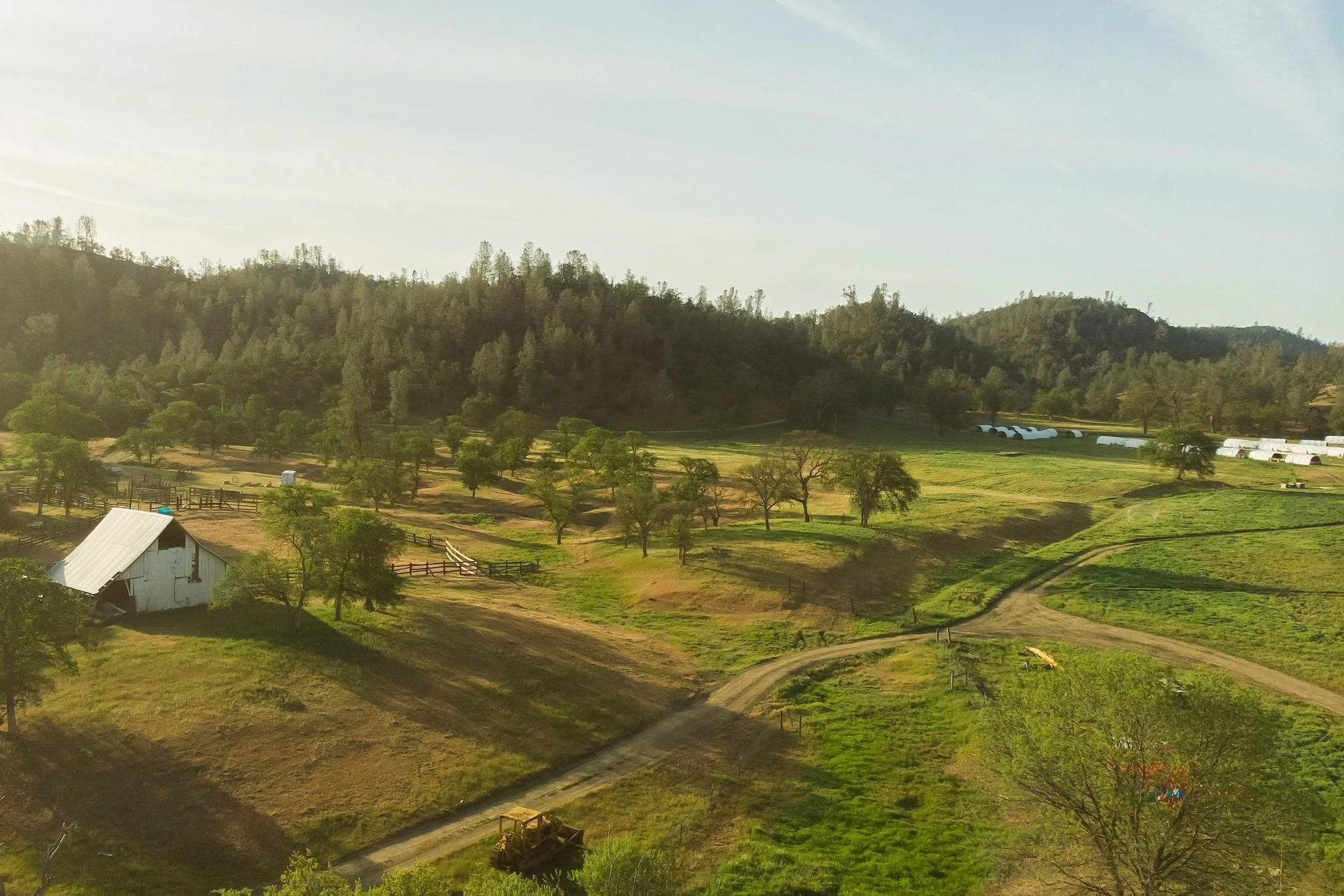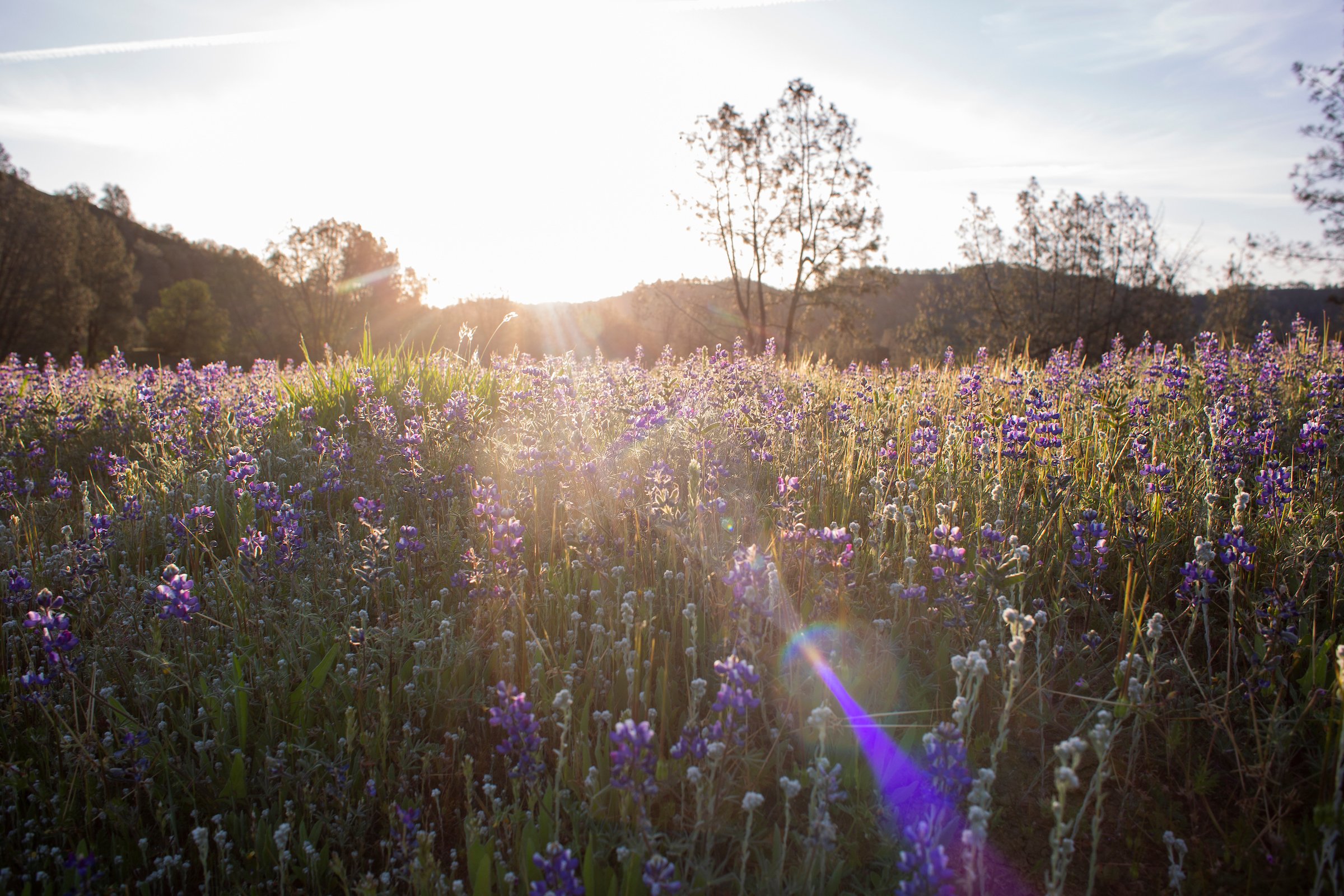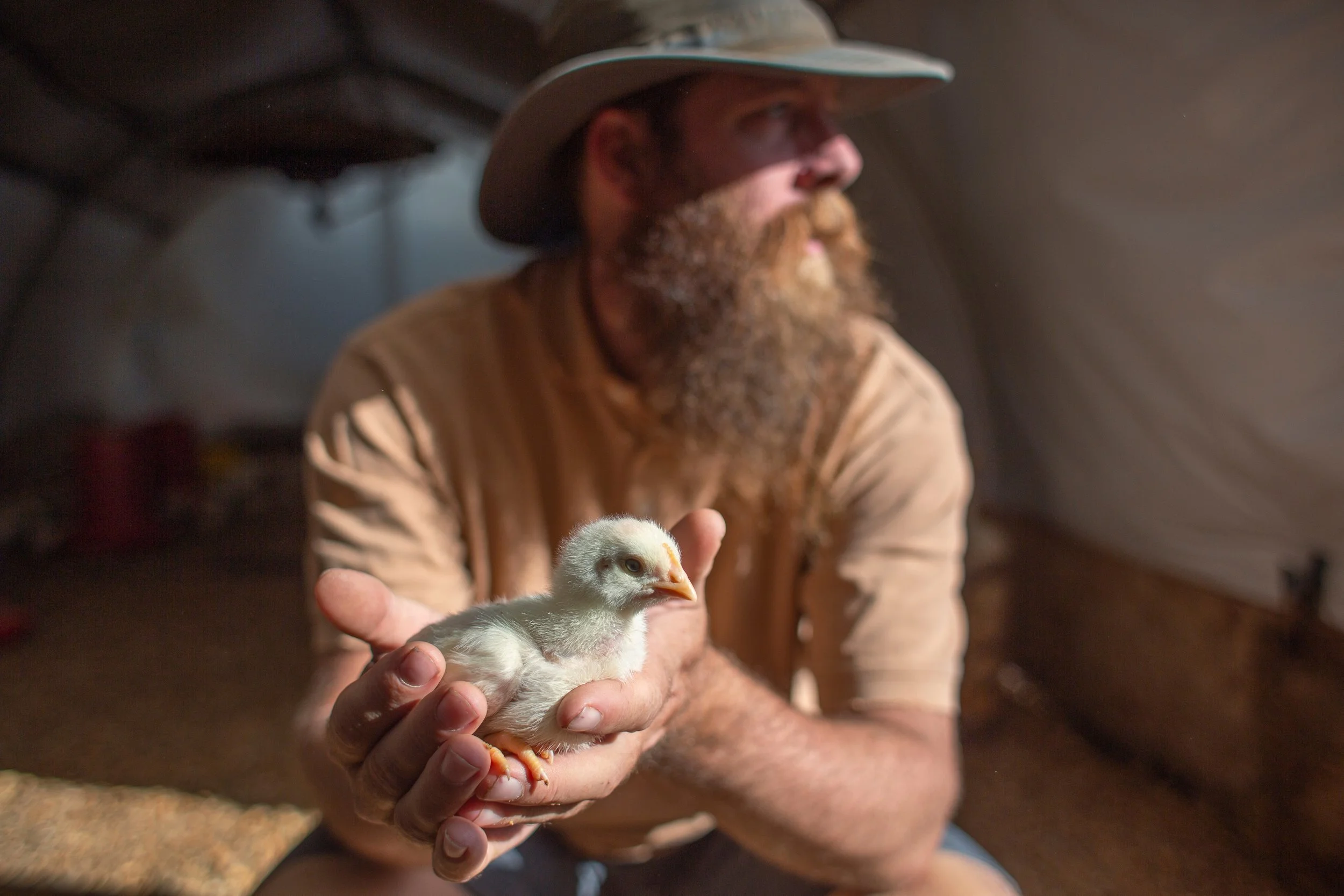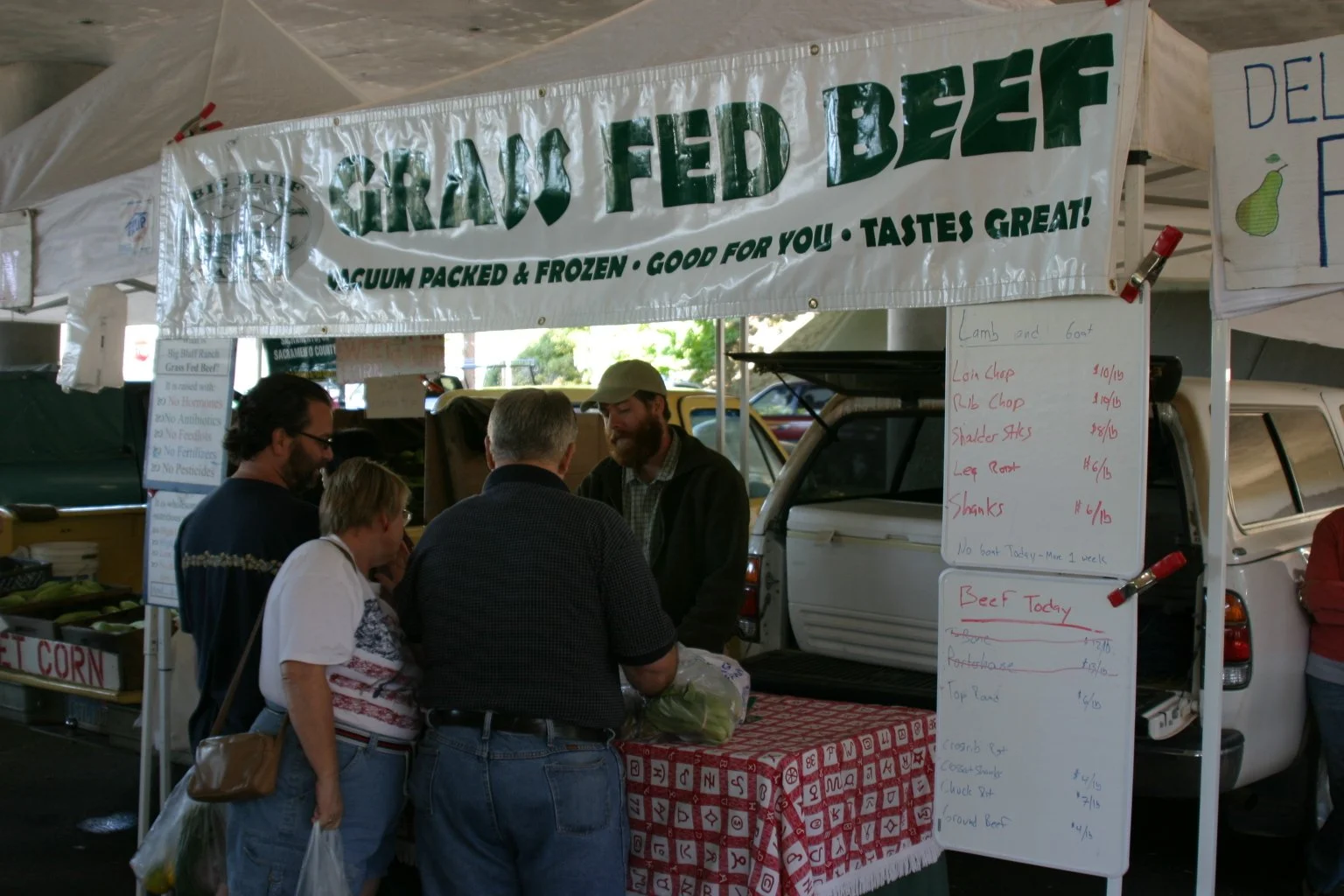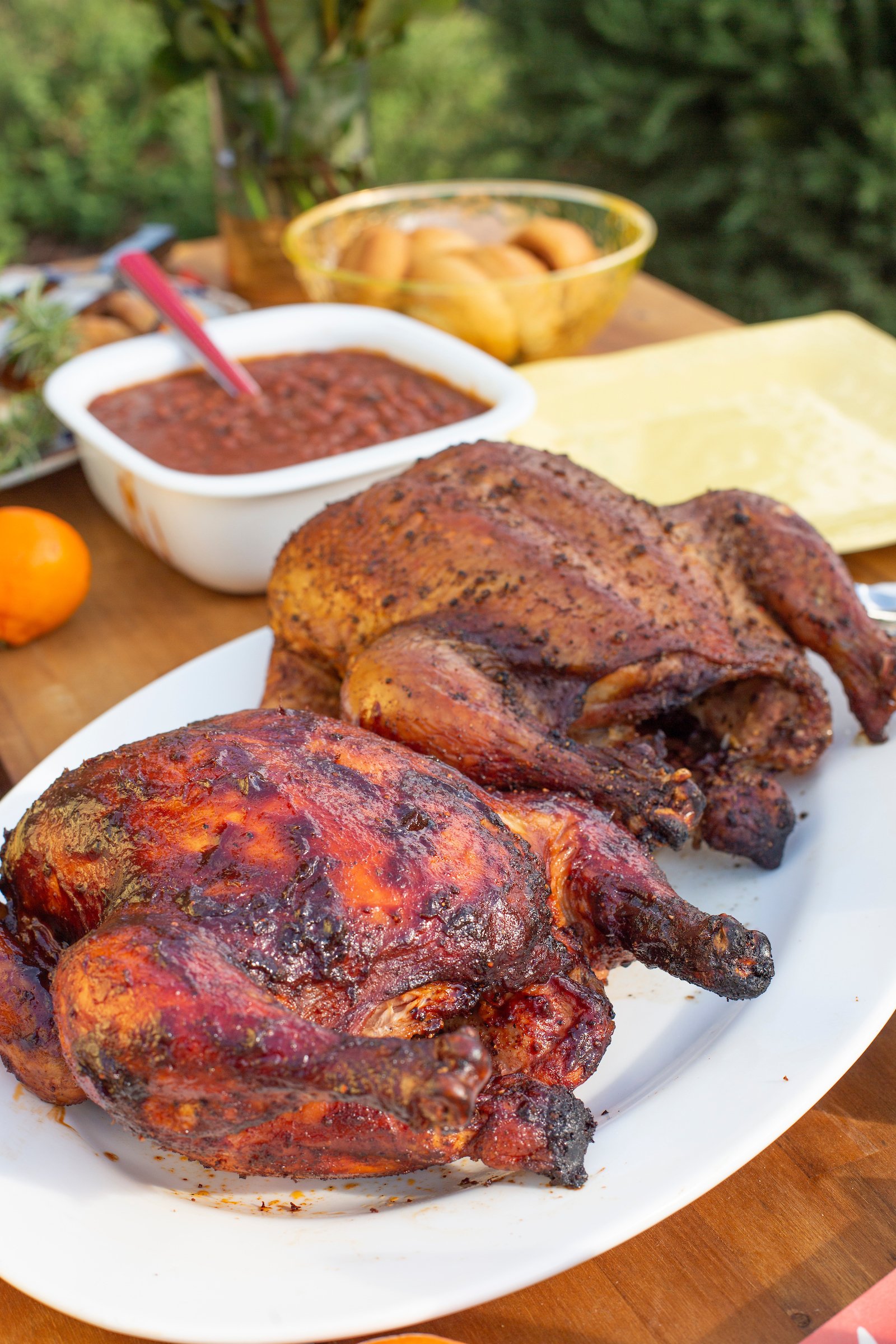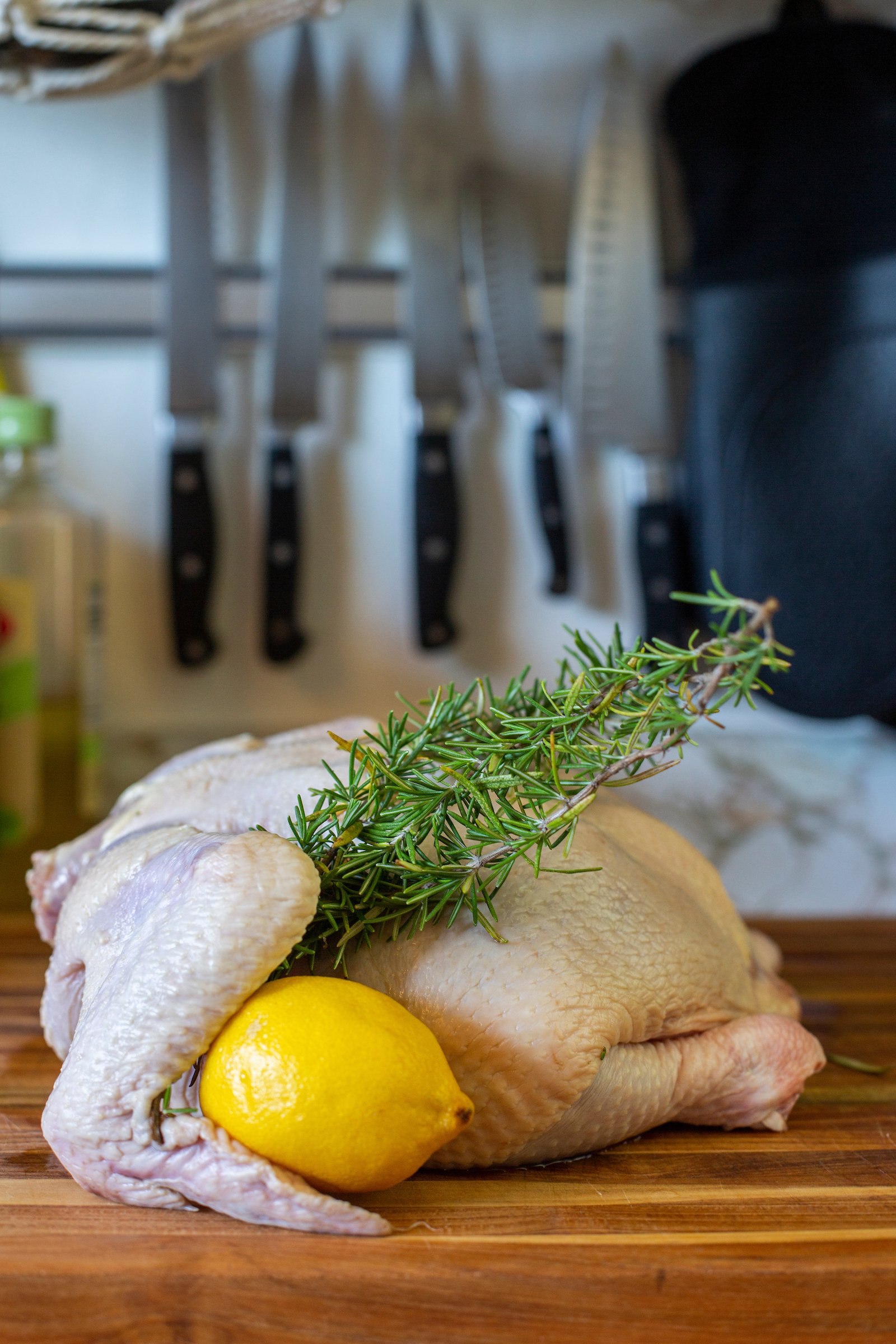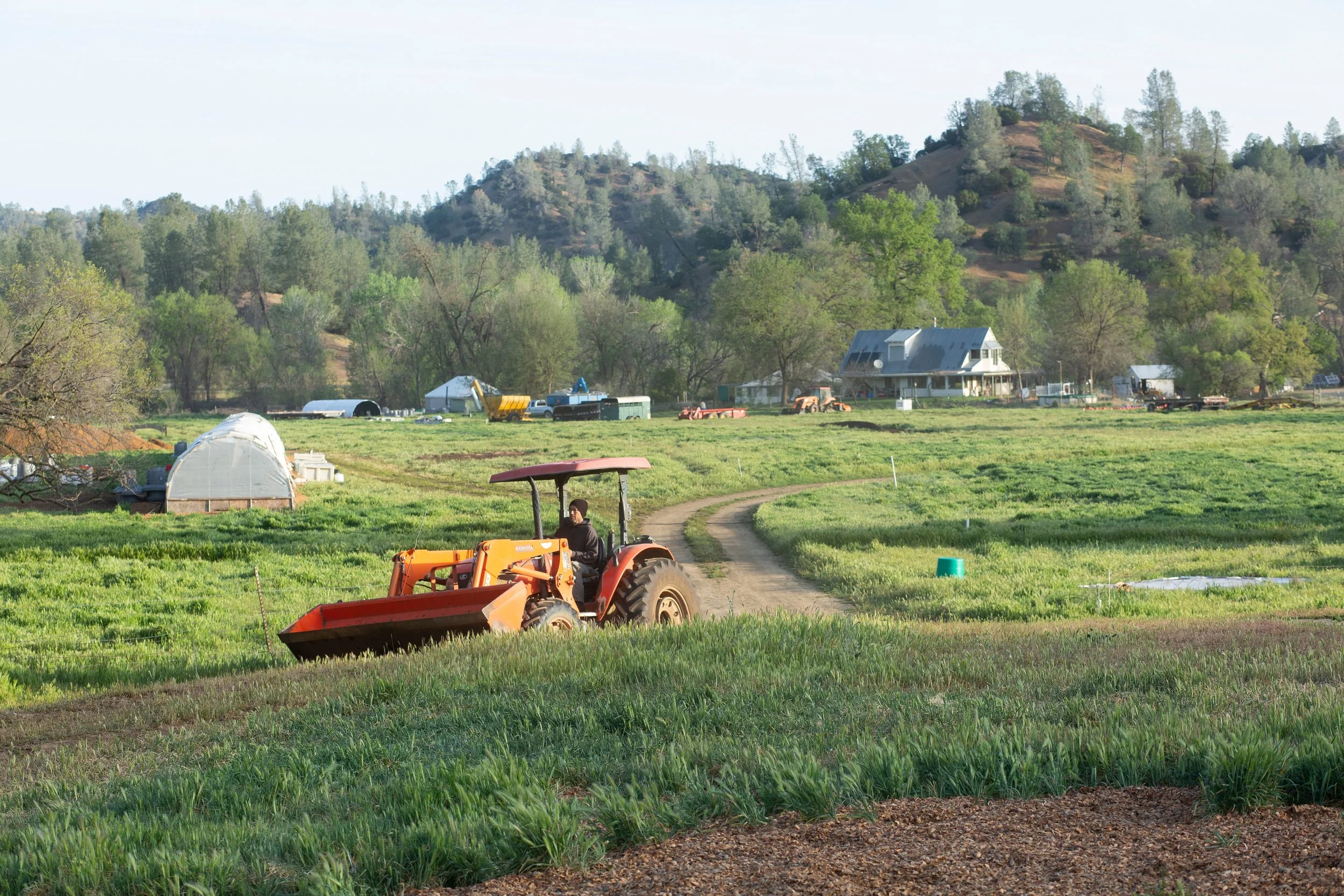
Gram called it a “Big Bluff”
Lucky for us - Grampa bought it anyway and called it:
Big Bluff Ranch
4 Generations
Sweat. Stubbornness. Listening to the land
That bluff was called. Now it’s our generational mission.
Chicken Scratch Country
This isn't fertile ground.
Our neighbor called it "chicken scratch country."
Shallow soils. Steep hills. Short seasons.
Not a place for easy ranching.
But when your bluff is called, home finds you.
It found Grampa in 1960.
Reason and logic aren’t what kept us here.
Something deeper did.
This chunk of dirt has become the center of our family.
The Breakthrough
Even though Grampa did buy the ranch, that didn’t mean it thrived.
The first few decades on the ranch were conventional and ultimately not successful.
The early ‘80s brought us an existential crisis.
If things didn’t change, we weren’t going to make it.
Allan Savory changed everything.
My dad (Frank) heard Allan Savory say it: plants first, not animals.
That spark lit the next 40 years.
We didn’t get it right overnight.
It took decades of mistakes, sweat, and persistence to learn what the land was really asking of us.
Now 200,000+ chickens later, our “chicken scratch country” is living proof that the land can heal
WHO YOU'RE HEARING FROM
I’m Tyler.
I grew up here, left for college in LA chasing city lights.
The farther I went, the faster I wanted to come home.
Coming back wasn’t easy.
This “chicken scratch country” was a full-time job with a half-time income.
Mom asked the hard question: How was I going to make a living here?
For 25 years, I’ve been working on the answer.
Soil first. Birds second. Profit follows.
That led me here:
Pasture-raised, regenerative, organic chicken.
No corn. No soy.
Air-chilled. Flash-frozen.
IMHO The best (and only) in California.
Turns out, this is more than chicken.
It’s doing what we’re supposed to do - for our soil, our animals, and everyone this land touches - including you.

The Chicken
Our neighbor called this “chicken scratch country” as an insult.
Turns out, he was accidentally right — this land needs chickens.
What Chickens Do
After decades of overgrazed cattle, the soil was worn thin. Chickens are nature’s fertilizer machine. They give back what cows took away.
How We Raise Them
But chickens don’t heal land unless you raise them the way they want to live:
On pasture, under sun and moon.
Scratching dust, chasing bugs, eating grass.
That’s why every bird raised here is:
Certified Regenerative
Certified Organic
Pasture-raised
No corn. No soy.
Air-chilled. Flash-frozen.
Why choose the hard way?
The truth is simple: the more we heal the land, the healthier the chickens — and the better they taste.
Soil first. Birds second. Follows.
